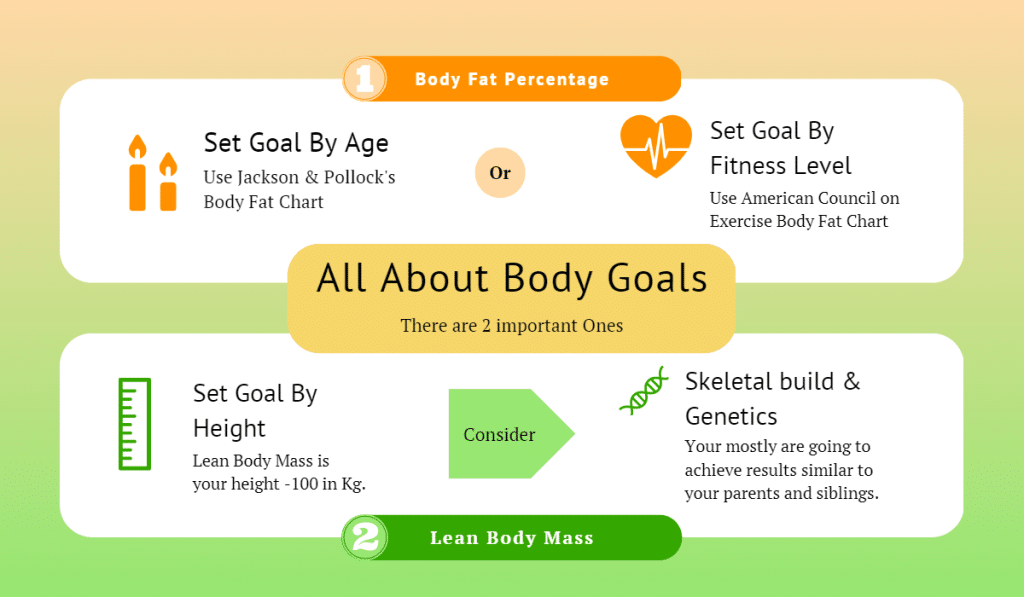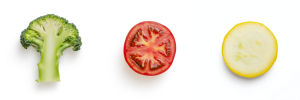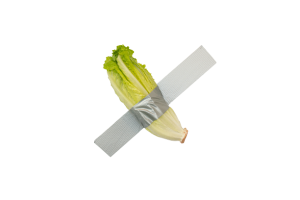Whenever you decide to go healthy, It goes without saying that you will need to set body goals to measure your progress. These goals helped me stay fit for the most extended period, obtain strength during exercise, maintain high energy levels, and overall improve my physical and mental health for the last 5 years. Today I will explain how these body goals look from a health perspective, and I will help you unlock your body’s full potential, Let’s dive right in.
Your main body goals are gaining muscle and losing fat. You can set your body fat percentage goal according to the American Council on Exercise or Jackson and Pollock’s charts and your muscle-gaining goal according to your height, genetics, and skeletal build.

Table of Contents
Why should you set body goals?
You should consider setting up body goals for the following reasons:
- Increases morale: realistic body goals allow you to hold yourself accountable, gives you a sense of direction, get you encouraged every time you get closer to achieving them, and minimize your frustration.
- General health and physical fitness: the correct body goals promote good overall health by correctly adjusting your body fat and muscle mass percentages without harming your other body systems.
- Good Mental Health and self-perception: by setting realistic and healthy body goals, you won’t develop body dysmorphia. You won’t think that you’re not lean enough or big enough.
You need to set these body goals according to your body and age to get the most of these benefits. If your body goals are not suitable for you, It will affect you in the opposite way I mentioned above.
Body Composition
First, to understand the body goals you should understand body composition. The four main components of the body are water, muscle, bone, and fat. We will focus on body fat and lean body mass for the sake of simplicity in this article. The bony and muscular components make up your lean body mass, while the body distributes the water equally everywhere. Your main body goals consist of losing body fat and gaining muscle, which increases total lean body mass. By knowing what is your healthy body fat and lean body mass percentages you will be focusing on the right components when it comes to setting your body goals.
Why I don’t use BMI
As a standardized global measure, health professionals implemented the use of BMI to assume the health and obesity level in the population. BMI is what you get when you divide your weight (Kg) divided by your length squared (m). And this leaves your total muscle mass out of the equation. Let’s say for example that you worked hard to gain muscles and put on a healthy weight, then the BMI would classify you as “obese”. Instead, I take a different approach to the problem, one that involves body composition as I mentioned earlier (Here’s a study that tested BMI vs Body fat percentage in assessing overweight individuals). This way we can know for sure how healthy an individual is and what should we do to achieve that.
Body Goals #1: Body Fat Percentage
There are several ways to look at your body fat. The American Council on Exercise body fat chart tells you at what stage of physical fitness you’re at, and the Jackson/Pollock chart tells you your typical body fat percentage depending on your age. I like the Jackson/Pollock chart since it defines your body goals clearly and considers your age. The American Council on Exercise chart does not specify a clear goal; you should set your goals depending on your physical fitness level. I think the Jackson/Pollock chart works best for normal people who just want to be healthy.
| Description | Men | Women |
|---|---|---|
| Essential fat | 2-5% | 10-13% |
| Athletes | 6-13% | 14-20% |
| Fitness | 14-17% | 21-24% |
| Average | 18-24% | 25-31% |
| Obese | >25% | >32% |
American Council On Exercise Ideal Body Fat Percentage Chart
| Age | Men | Women |
|---|---|---|
| 20 | 8.5% | 17.7% |
| 25 | 10.5% | 18.4% |
| 30 | 12.7% | 19.3% |
| 35 | 13.7% | 21.5% |
| 40 | 15.3% | 22.2% |
| 45 | 16.4% | 22.9% |
| 50 | 18.9% | 25.2% |
| 55 | 20.9% | 26.3% |
Jackson & Pollock's Ideal Body fat Percentage Chart
Body Goals #2: Lean Body Mass
This is another important metric of your body goals. Your body has maximum potential when it comes to building muscles. You want to achieve this maximum potential because it increases your metabolic rate, affecting how much fat your body can burn. This in turn helps you in the previously mentioned body goal (reducing body fat) and prevents future fat gain, a term that is medically called rebound obesity. As I mentioned earlier, your body has a maximum potential to build muscles. After that, muscle building stops naturally in your body, to lower the load on the rest of your body organs like the heart and kidneys. Some bodybuilders break that limit by taking various medications like steroids and growth hormones, which I believe are unhealthy. Because we’re discussing healthy body goals here, I wouldn’t recommend going over the maximum limit. There’s a formula that can help you identify your maximum potential, and it goes like this:
Height (in CM) - 100 = Maximum Lean Body Mass (in Kg)
This formula was first developed by Martin Berkhan (leangains.com). It will roughly estimate your maximum muscular potential but it will need minor adjustments:
- the formula says that you’ll get your lean body mass and 5-6% of body fat instead of your maximum lean body mass only. When I tested the formula (as I will explain below) it perfectly yielded my lean body mass without the additional body fat.
- The results will depend in my opinion on genetics and skeletal build, which you can estimate by doing a simple test involving your wrist girth. If you have a small skeletal build, your goal will be less than what the formula suggests, and the opposite is true regarding large muscular builds.
In any case, you will try to build muscles until your lean body mass plateaus and decide for yourself. I used the formula for many years myself, and my muscle growth always plateaued when I hit 77.5 Kg (with my height being 175cm). This pretty much validated the formula result for me.
Aesthetically pleasing vs. Healthy Body Goals
As you obtain your goals, the results you get might not be what you expect. You won’t have a fully ripped body with visible abs, and huge muscles, and that’s fine. I am discussing the most healthy body goals, not the action movie star ones. This doesn’t mean that you won’t look good after fulfilling your goals. On the contrary, you will be satisfied with how much progress you have achieved. But still, there will be a fine line of distinction between a healthy body and an aesthetically pleasing one. There are many reasons that you should not go all the way to achieve an aesthetic result:
- You should use medications as I mentioned earlier to get large muscles.
- You should have a very low-fat percentage. Most professional bodybuilders compete at 5%-6% of body fat to look ripped.
- Also for the same reason, you will need to dehydrate yourself sometimes.
Also, keep in mind that your body won’t look the same now and then. The reason for that is your body weight fluctuates normally by altering its water content. Also, your body looks different depending on the lighting of the environment you’re in. With that being said, if you fulfill the goals I mentioned earlier, you’re as healthy and fit as possible.
Conclusion
To sum up, your body goals are your body fat percentage and your muscle mass. Both goals are achievable by adhering to a healthy diet and regular exercise. After you define these goals, you will have a clear picture of what you’ll need to do. What body goals you decided to set after reading this post? Let me know in the comments below, and send this article to someone who’s getting started improving their overall health.


